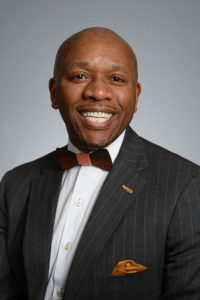Download the Interview (PDF) 1 MB
About Kevin McDonald
Kevin McDonald is the University of Virginia’s (UVA) vice president for diversity, equity, and inclusion. He joined UVA after serving as the chief diversity officer and vice chancellor for inclusion, diversity, and equity at the University of Missouri System and the University of Missouri–Columbia.
Prior to the University of Missouri System and its flagship campus, McDonald held positions at several other universities, including as vice president and associate provost for diversity, equity, and inclusion at Rochester Institute of Technology; vice president for equity and inclusion at Virginia Tech, as associate director for compliance and conflict resolution at Johns Hopkins University; and campus compliance officer at the University of Maryland, College Park. Prior to his work in higher education, McDonald worked for the U.S. Department of Justice and for Network Solutions, Inc. McDonald holds a law degree from The Ohio State University and a doctoral degree in higher education leadership from the University of Rochester. He received his undergraduate degree in psychology from Andrews University in Berrien Springs, Michigan.
The Interview
Q: What do you feel is the role of higher education in breaking down barriers across race?
I think it plays a critical role. I think we’re recognizing that we’re bringing constituents together to live, work, and learn with very different lived experiences and perspectives of the world. I think it’s such a wonderful place and space to create opportunities to understand different lived experiences; to understand the intersections of those in the world that they live in; to understand, quite honestly, the different perspectives and how they can play a role in some of their own career aspirations or their academic pursuits.
I am struck by the fact that our goal is to graduate students to operate as effective citizens in a global marketplace, but we don’t often take that into account. We don’t often operate with intentionality around creating opportunities in equipping particularly our students, but also faculty and staff, with the tools to navigate those daily interactions, those experiences. Yet, we have to recognize that the global marketplace is looking for that. They’re looking for increased awareness and understanding and competencies. So I just think, where better than higher education to provide that experience to those within our institutional walls?[1]
Q: Considering both your academic background and your experience in higher education, what kinds of training, formal and informal, would you recommend for faculty?
One particular training that charted me on the course for recognizing the importance of this was one provided by Leah Wing and Deepika Marya at the University of Massachusetts Amherst. They engage in what they provide as social justice conflict resolution or social justice mediation. For me, it is this notion that it’s not that they’re preparing people to become mediators, per se, but what they are doing is getting people to understand that inherent in diversity, inherent in these different perspectives and lived experiences are these opportunities for conflict, and, again, that we don’t often do that the best in higher education. We applaud when we have an increase in compositional diversity and different perspectives and lived experiences, but we don’t do the best job of equipping folk with the tools to navigate that. I think that’s what their particular and specific training does. So wherever I’ve been, I bring them, and I introduce them on a regular basis. We’ve done [the training] for faculty, staff, students, local community, and our leadership. What [the Social Justice Mediation Institute team] does gets people to think about the important role that power “privilege-isms” can play, [the role that] perspectives can play when conflict arises, and how to navigate and negotiate that and facilitate a discussion format.
Another aspect has been the partnership with centers for teaching and learning to specifically incentivize the exploration of course transformations to infuse diversity, equity, and inclusion in them. In part because I recognize that those centers bring, in and of themselves, some level of credibility. They’re often headed up by people who have had faculty backgrounds. So it’s very helpful to think about a partnership, particularly with diversity, equity, and inclusion, in a way that can take faculty and maybe open their pores of receptivity to exploring, transforming their courses.
We currently have a cohort of faculty here that have partnered with our division, a faculty fellow, and the center for learning for teaching. We incentivize it by paying them a stipend to explore what the end goal is of the exploration of actually infusing inclusion into their courses. This brings about the inclusion of some of our faculty from STEM backgrounds who are taking this journey and creating moments of epiphany for them to be able to do that, engage that, infuse that, and ultimately transform their course in a
way that will positively impact students.
Q: In that vein of talking about students, if you were to educate students differently so that they evolved into more critically conscious, equity-minded citizens, how would you do it, if money were not a factor?
One, having worked at a co-op institution, I have this newfound respect for taking the theory and making it applied. I feel that for students, that really drives home important points about how to operationalize whatever it is they need to operationalize in their particular field of study that prepares them for the world that awaits them. And being able to do that in ways that are intentional around diversity, equity, and inclusion is paramount to preparing them for the future.
I also recognize that we place a premium on this notion of the “T-shaped” graduate or the “T-shaped” professional. The expectation of the companies that would be hiring these students that are graduating, is that they’re graduating with the vertical, academic-specific knowledge, but also the horizontal critical-thinking skills, interpersonal communication skills, softer skills, global awareness and understanding.
I remember that companies stopped recruiting from [one of my prior] institutions. And I couldn’t figure out why. So leadership sat down with executives from one particular company and said, “Hey, what’s the story?” They said, “It’s not that your students aren’t academically gifted, but we don’t believe they have the multicultural competency and the interdisciplinary experiences to impact the bottom line of our global organization. So we’re seeking institutional partners that are showing that level of intentionality.” And in higher education we don’t like to say there’s a business imperative or a business case, right? But we have to look at it differently. We have to think about, how do we provide and equip our students with this knowledge in ways that they can make meaning of it in their academic disciplines?
And lastly I’ll say, students got wind of that conversation. And they said, “So let us get this right, our degree is diluted, and we’re not competitive in the marketplace. What’s wrong with that picture?” The student government passed a resolution asking for a diversity requirement in the first two years and in their last few years in ways that were connected to their academic discipline and would help prepare them for the world that awaits. So there is this imperative all the way around that I think speaks to the notion of being intentional in this space.
Q: Given your life experiences and professional preparation, how did you obtain a knowledge base in equity, diversity, inclusion, and social justice in higher education?
In my case, I initially went through life wanting to do something totally different, from living through the lens of other people who saw me doing something differently, to ultimately taking my lived experiences and being told that I was going to be “less than” or never achieve the kind of aspirations that my parents and family members had for me because of color or because of some other inadequacy that the society had placed on me, to will up a level of drive to learn more, to become more of an advocate for civil rights and social justice issues.
My first position was with the Department of Justice in the Civil Rights Division, Disability Rights Section. I investigated complaints of discrimination under the ADA, which took me specifically under Title II, which was public entities. Specifically, I went to prison systems. I think that’s where I was both blown away and extremely bothered by the conditions of inmates that fell under the parameters of protection under the ADA. In part because wardens of those prisons didn’t believe that inmates had any rights, so why would they provide accommodations to inmates who had tested positive for HIV, or needed physical accommodation to access public showers? And just to hear stories about how inmates were being raped because they had to put themselves in vulnerable positions by asking other inmates to turn on the shower, hand them the soap. They had to crawl across grime and dirt-filled floors because their wheelchair couldn’t have access. Other stories about inmates who had contracted HIV, who were not being provided medical treatment, just suggested to me that we needed people who were going to push to make this world a better place. And if not me, then who?
Through my lived experiences, both as a person of color navigating this as an African American male, to also professionally being in spaces where I thought idealistically everybody wanted to do right. Everybody wanted to support in ways that made sense to be inclusive. Yet, I recognized that wasn’t necessarily the case. I just wanted to chart a path that would put me in the position to wake up every day looking forward to making a difference in the lives of people and eradicating systems and structures that were serving as impediments to progress.
And so I definitely attribute some of my raised awareness to my legal education, to my doctoral degree in higher education leadership, and to the faculty and professors that I’ve crossed paths with who have asked me to think critically and differently about the world, as well as those within my cohorts, that after class or after exams we would be able to talk and process what was happening in the world and how we might serve as change agents to have a transformational impact.
Q: From your perspective, what are the most immediate opportunities for college and university presidents around cultivating an inclusive campus where diversity, equity, and inclusion are woven into the cultural fabric of a successful institution?
I think that college presidents and chancellors have to recognize that as the captains of their academic ship, if they really, really, really, really are committed to this work and to building inclusive communities and campuses, they have to move beyond rhetoric and to action. They have to move beyond believing that they can pacify a community with words of support and words denoting inclusion to actually living that experience as a leader and being okay with the fact that as a leader you’re not expected to be perfect. Quite honestly, you endear yourself to the community if they know that you are actually vulnerable, that you’re going to make mistakes. If there’s one thing that people shouldn’t be able to question, it’s your sincerity and that you are going to live the life that you talk about. And you have the same expectation for those in your cabinet and for your community as a whole, that you’re going to be visible and transparent and vulnerable and pervasive and all of the above, with the goal of having more successes than failures. It’s not that you are not going to stumble, right, but I think in the end you’re judged by your gallop and not by the stumble. I think we need more leaders that are authentic in that way.
I do believe that there are those in leadership who view this level of engagement with the constituency as a weakness and that maybe you’re not the leader that you have professed to be. I just think that that’s hogwash. I think what has allowed me to have any success in this work has never been attached to any of the letters behind my name, and even some of these past experiences. I think that helps get you in the door, but your ability to forge and maintain relationships at all levels in ways that are authentic and transparent and pervasive in that regard, that help co-create vision with your constituency so that they’re not just issue identifiers, but also solution identifiers, and that they’re with you, that you don’t just take and hear their concerns, go in the back room, and come back out and say look what we have for you, as if they’re not capable of also being the masters of their future and domain in that space. I just think you have to be engaged with communities that way in this day and age in leadership to truly, truly walk the things that you’re talking about. I think we need more courageous leaders that are willing to do that unapologetically in their communities. If we do that, we’ll have more transformational impact in ways that you can both quantify and qualify and that your community members, not just the leaders themselves, can attest to.
Q: What would you say to the president that says to you, “I’m just not comfortable talking about this, and I am not really sure how to approach the issue?”
I think that they need to both be able to surround themselves with people that can help them through that, number one. And number two, be able to be engaged in communities that recognize that you’re not a president that is a walking almanac and knows everything there is to know about this space, but you’re willing to engage in communities, not necessarily step into something by just jumping in. You need to maybe learn, to gather information, but you’re going to be present. You’re going to be visible. You’re going to be engaged. You’re going to be unplugged during the time that you’re there, to be able to learn.
What has helped me here, and this was very clear in this community, they said, “Listen, the protest that happened in 2015 didn’t just happen. We tried to engage in conversation with leadership two years prior to the protest. So if you want to be successful, you need to come in here and engage early and often. You need to be visible at these events that are really important to us, because we note the leaders that are not there. They talk about it, but they’re not really being about it because they’re not here when the rubber hits the road. And we call them and ask them to attend some of these events. You need to come in and learn from some of the constituents.” There’s so much diversity on this campus. I can’t say that I know it all, but I’m going to be at those events learning and engaging and participating. I think that’s what our community needs. They just want to see more of our leaders doing that.
I think leadership [requires] this recognition that you’re also only as good as the team around you. So you want to able to gather people that are consensus builders and not just hell-raisers, and that can engage with you and impart knowledge and wisdom that you can utilize to grow as a leader. But you also have to recognize that this is an ever-continuing process and that you are continuing to grow and that we’re always learning. I think the leader that believes that once they’ve been identified as a president or chancellor they’ve “arrived” and that the learning stops is probably the leader that will fail at being the leader of that campus community.
[1] At the time of this interview, Kevin McDonald served as chief diversity officer and vice chancellor for inclusion, diversity, and equity at the University of Missouri System and the University of Missouri–Columbia.


